Bryony Gibson-Cornish, violist with the Marmen Quartet, explains the remarkable chain of events that led her to acquire her dream instrument – a 1610 Brothers Amati viola – thanks to the Stradivari Trust
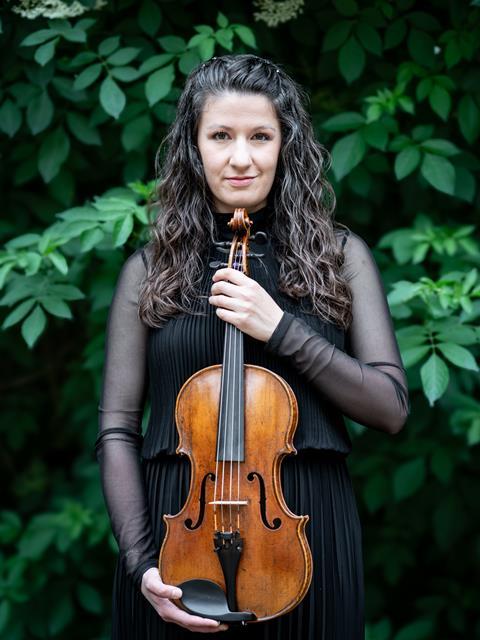
Discover more Featured Stories like this in The Strad Playing Hub
When I bought my 1932 Sannino viola five years ago, I promised my husband that this would be the last viola we would ever buy… unless an Amati fell into my lap. This is the story of how a series of fortunate events led to exactly that.
In September 2023 I was having dinner at a friend’s house. A mutual friend, Richard Ireland, was also in attendance and during the course of the evening, the subject of ‘taking Dad’s Amati to the dealer’ the next day came up. My ears pricked up. It turns out that ‘Dad’s Amati’ was the viola that both Patrick Ireland (1923-2024) and his son Robin had played in the Allegri and Lindsay Quartets respectively. Robin was travelling to London the next day to meet his brother Richard with the 1610 Brothers Amati viola to arrange for it to be sold.
My heart was racing. Perhaps this was the Amati that I had always dreamed of finding, the one that might just be destined to end up in my ensemble, the Marmen Quartet. I asked Richard whether I might be able to pop around the next day to try it before he took it in as I would love to have the chance to play on a beautiful instrument like that, even if it was just for an hour.
The viola has 70 years of quartet experience to my seven and constantly gives me little nudges in the direction that it likes to be played
An hour turned into a few days – I promised I wouldn’t take the viola out of the country, but I needed a chance to play on it with the quartet to see if it was indeed ‘the one’. Unsurprisingly, it was the perfect quartet viola. It has 70 years of quartet experience to my seven and constantly gives me little nudges in the direction that it likes to be played, challenging and inspiring me to push further, expanding my musical horizons. Richard later explained that the viola comes pre-programmed for the Beethoven quartets – an attractive proposition!
Eventually I was able to take the Amati away on tour with the quartet and we played concerts in Europe, including in the illustrious Haydnsaal, in Eisenstadt and at the Amsterdam String Quartet Biennale, the most important event in every string quartet’s calendar. I introduced the Amati to some colleagues, comparing it with other instruments of the same maker and felt privileged to be among the few custodians of such incredible pieces of history – even if only briefly.
By this stage it was no secret that I wanted to acquire the Amati and I was very generously given a few months to try and find a buyer to facilitate this. While I tried my best, I couldn’t find a suitor and the moment came for me to give the viola back, so that it could finally go to the dealer to be sold the traditional way. Words cannot describe how I felt on that day. It was like a summer romance that you never want to end. Alas, it did, and I was heartbroken.
After regaining my composure, I spent the day teaching at the Royal College of Music with my ‘other’ viola and then went home via my usual route, reflecting on the events of the day. I was taking the DLR home and was waiting diligently to get my favourite seat up front. Noticing a couple behind me, I thought it might be nice to offer them the double seat I was planning to make a beeline for. I didn’t think much of it, but they thanked me for the gesture and struck up a conversation, of all things, about my viola case. Unusual though it was, I was pleasantly surprised that the gentleman recognised that I had a case made by Howard Wiseman! It transpired that he was a French horn player and after we established that we had never freelanced in the same orchestra, it also turned out that his father was Hugh Maguire of the Allegri Quartet. Though I’m not usually superstitious, I had no hesitation in concluding that this remarkable coincidence was a sign from the universe and my Amati love story wasn’t over just yet!
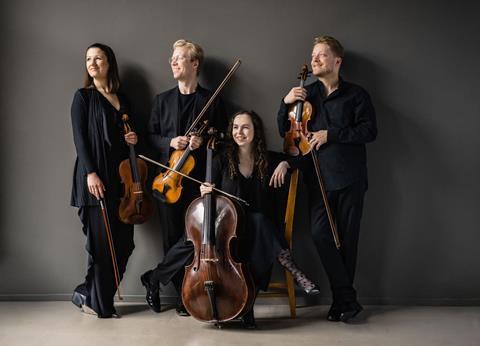
Fast forward a few weeks and my quartet was playing a concert at Kettle’s Yard in Cambridge. While I rushed out the door to catch our train back to London, my dear colleagues Sinéad and Johannes were in the foyer trying to book a cab. A kindly gentleman offered to drive them to the station and assured Sinéad that her cello would easily fit into the car boot; apparently it had seen a fair few over the years. A brief conversation in the car led to said gentleman introducing himself as Colin Smithers, chairman of the Stradivari Trust. Sinéad and Johannes dutifully explained the saga of ‘Bryony and the Amati’. Talk about a sliding doors moment!
After a lunch meeting to determine if the Bryony–Amati combination would be viable, it became clear that the Stradivari Trust might be the solution to my predicament, and in that moment I allowed my hopes to rise a little. A little became a lot upon learning that the Stradivari Trust had a Rolodex of potential contributors interested in buying shares in an instrument such as the Amati, and even better, I would be able to buy back the instrument over 20 years for a fair price!
I rushed to the dealers the next day to pick up the viola and have never experienced such a state of euphoria in my life
A month or two later and it was crunch time for the sale of the Amati – it was now or never. Amazingly, Colin and the Stradivari Trust managed to secure a sales agreement after a nail-biting 48 hours. The Amati was mine again! I rushed to the dealers the next day to pick up the viola and have never experienced such a state of euphoria in my life. I was reunited with my love once again, and this time it looked like I wouldn’t ever have to say goodbye.
The story isn’t over yet. We still have to enlist more contributors to buy shares in the viola and come along for the ride. Colin dubs it as ‘philanthropy on steroids’ so it seems like a pretty good deal for everyone involved.
I feel so fortunate to play on a wonderful instrument which already has such a remarkable history. It is an honour to be the guardian of this exquisite and unique viola for the next chapter of its life. Already I have had the chance to record on it with my quartet (keep an ear out for our second disc featuring Ravel, Debussy and Takemitsu to be released in a year or so) as well as play concerts with it all over the world. The life of a quartet musician can be difficult sometimes, but it is all worth it when we have the chance to make music on instruments as special as these. This 1610 Brothers Amati viola is teaching me every day, showing me all sorts of expressive possibilities and guiding me in the amazing and elusive world that is string quartet repertoire. I am lucky to call it my musical partner for the rest of my career and sincerely hope that it will always be a quartet viola.
The Marmen Quartet’s debut album, featuring string quartets by Ligeti and Bartók, is released on the BIS label on 17 January 2025.
Watch: Marmen Quartet performs Salina Fisher’s ‘Heal’
Read: Bryony Gibson-Cornish appointed viola professor at RCM
Discover more Featured Stories like this in The Strad Playing Hub
The number one source for playing and teaching books, guides, CDs, calendars and back issues of the magazine.
In The Best of Technique you’ll discover the top playing tips of the world’s leading string players and teachers. It’s packed full of exercises for students, plus examples from the standard repertoire to show you how to integrate the technique into your playing.
The Strad’s Masterclass series brings together the finest string players with some of the greatest string works ever written. Always one of our most popular sections, Masterclass has been an invaluable aid to aspiring soloists, chamber musicians and string teachers since the 1990s.
The Canada Council of the Arts’ Musical Instrument Bank is 40 years old in 2025. This year’s calendar celebrates some its treasures, including four instruments by Antonio Stradivari and priceless works by Montagnana, Gagliano, Pressenda and David Tecchler.


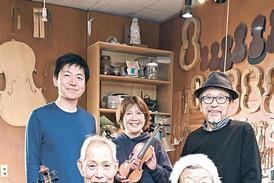
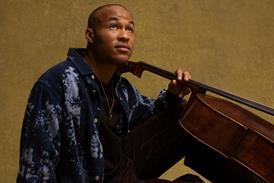
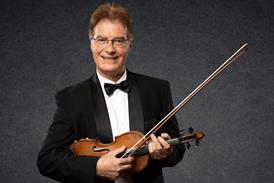

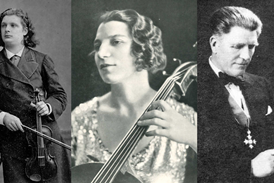



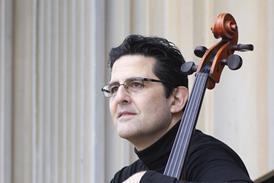
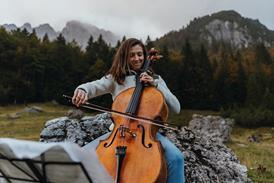
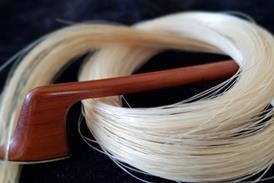
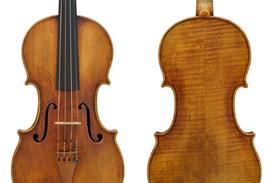

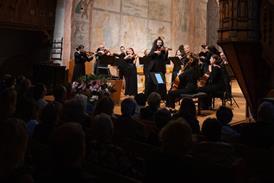

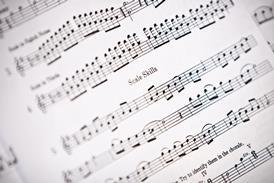
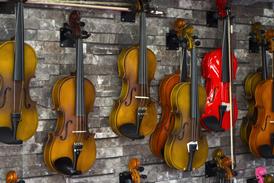

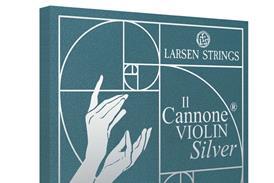
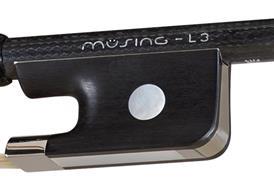
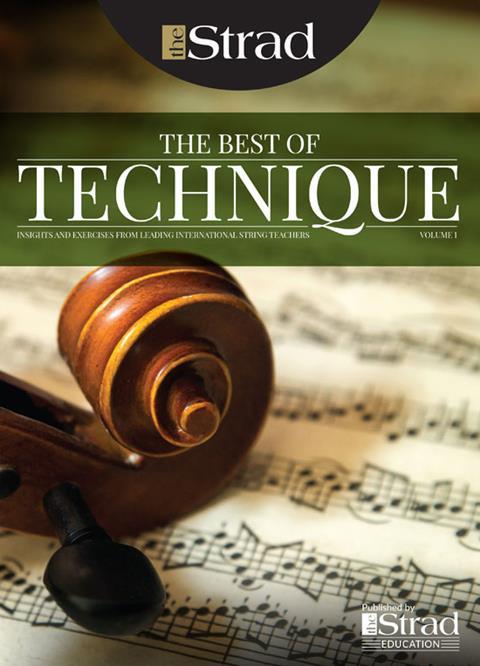
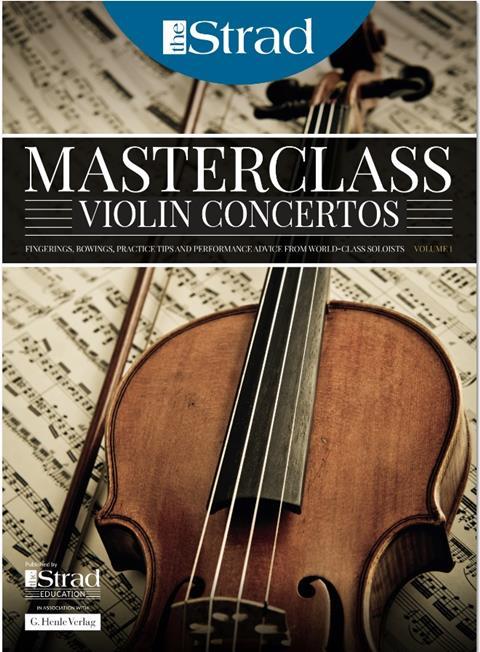
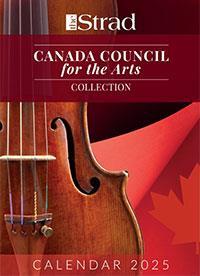


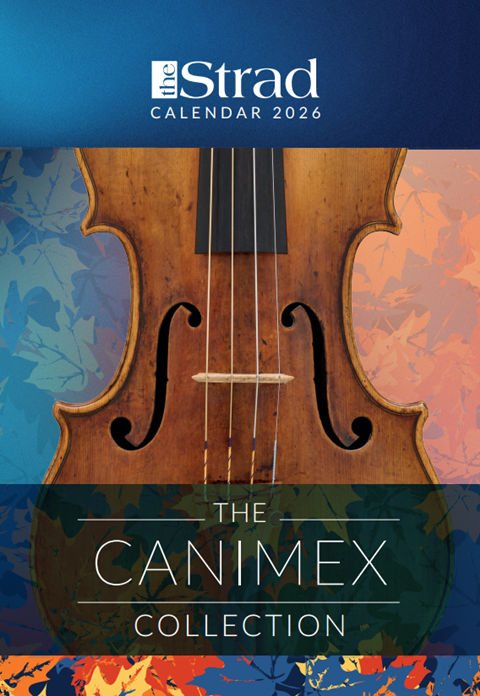
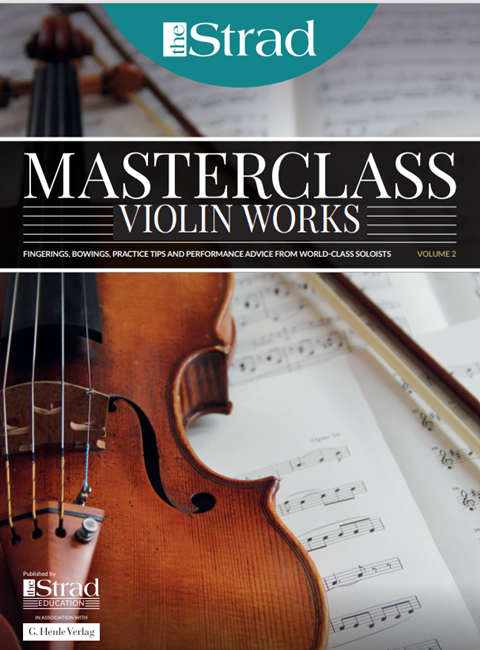
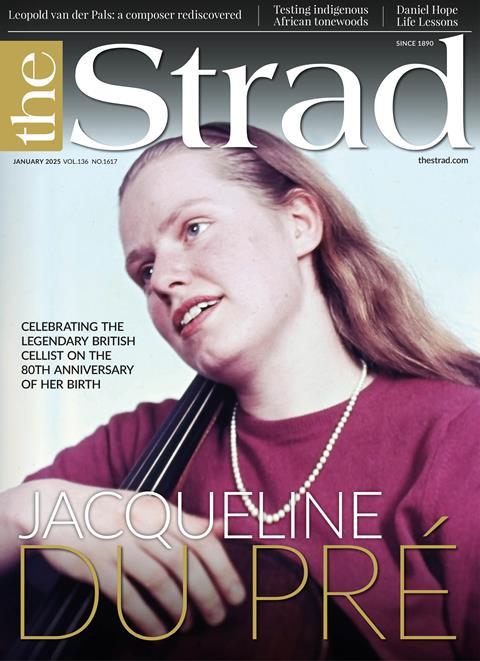
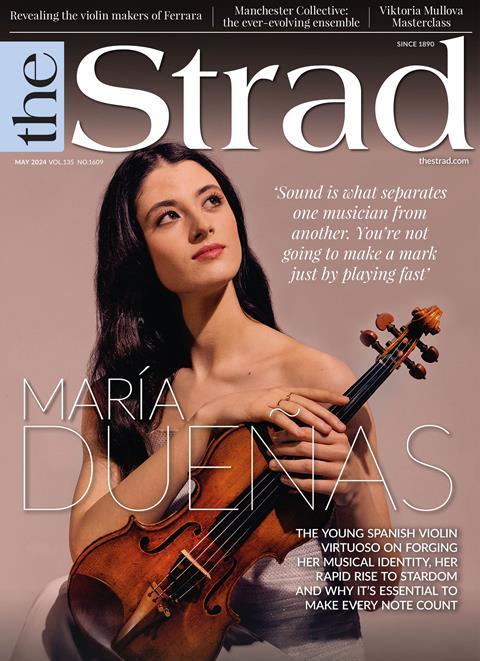
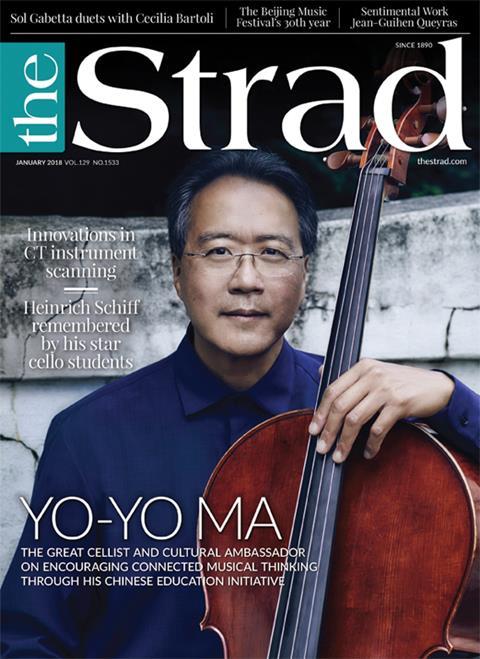












No comments yet